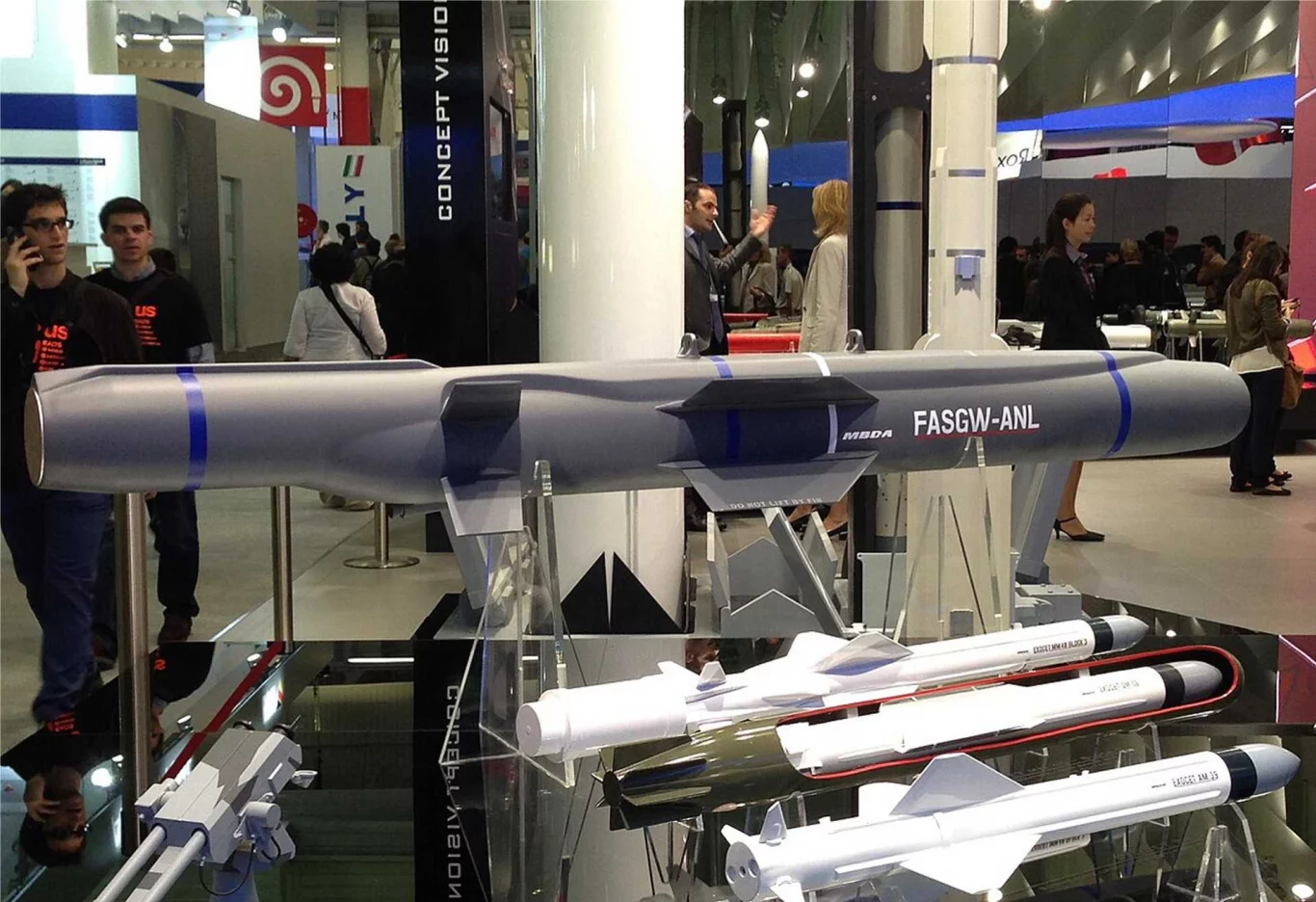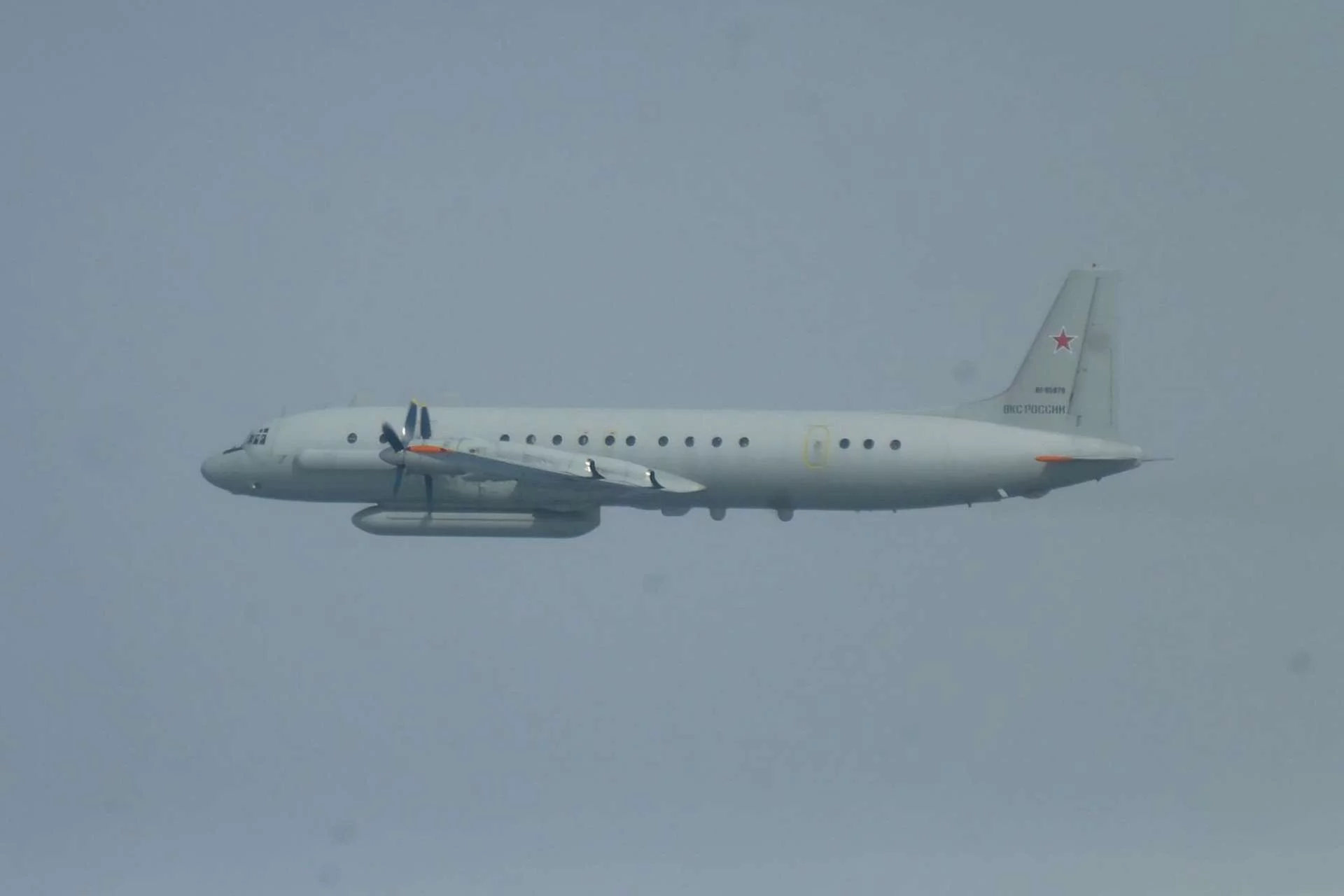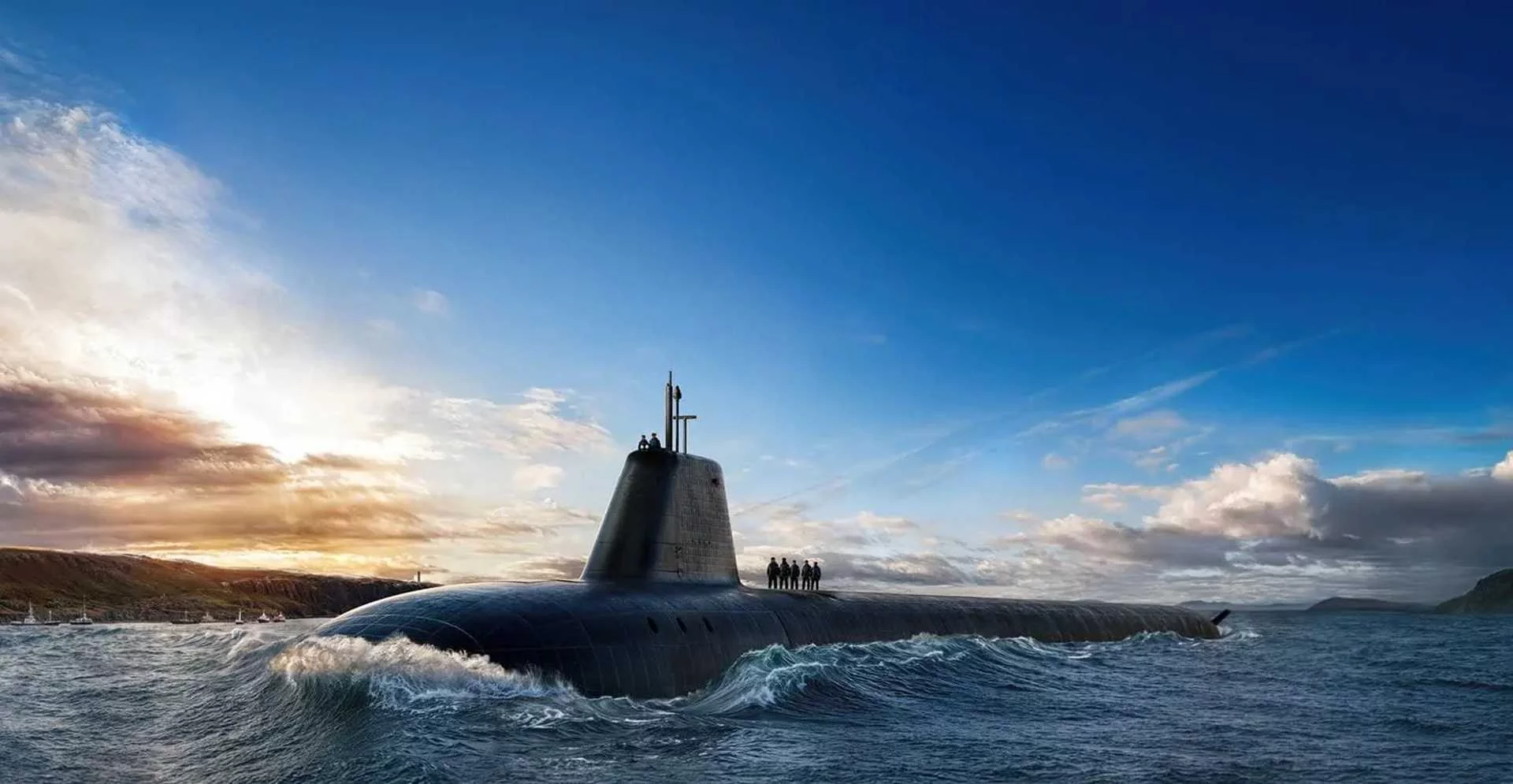A Sharper Sting for the Royal Navy: Introducing the Sea Venom Missile
In the constantly evolving arena of naval warfare, maintaining a technological edge is paramount. The British Royal Navy has taken a significant leap forward in this crucial aspect with the integration of the new Sea Venom (also known as ANL for Anti Navire Léger) anti-ship missile. As reported by Army Recognition, this advanced weapon system is set to revolutionize the capabilities of the Royal Navy’s helicopter fleet, providing a far more potent and precise punch against hostile surface threats. This isn’t just an incremental upgrade; it’s a strategic enhancement that ensures the UK’s naval forces remain at the forefront of maritime security in a complex global environment.
For decades, the Royal Navy has relied on its skilled aircrews and a diverse array of weaponry to protect its interests at sea. However, as naval threats become more sophisticated and varied, so too must the tools designed to counter them. The Sea Venom missile, a product of Anglo-French collaboration between MBDA, emerges as a critical answer to these modern challenges, offering a level of capability that will significantly boost the effectiveness of the Royal Navy’s helicopter-borne anti-ship warfare (AShW) operations.
From Legacy to Lethality: The Evolution of Anti-Ship Missiles
To truly grasp the impact of the Sea Venom, it’s helpful to look at its lineage. For years, the Royal Navy utilized the Sea Skua missile, a venerable and reliable system that served with distinction in various conflicts. While highly effective in its time, technology progresses, and the need for a more capable successor became evident. The Sea Venom is that successor, developed under the Future Anti-Surface Guided Weapon (Light), or FASGW(L), program.
The transition from Sea Skua to Sea Venom represents a significant jump in several key areas. The Sea Skua, while robust, was primarily designed for a specific set of scenarios. The Sea Venom, on the other hand, is built for the multi-faceted threats of today and tomorrow. It offers greater range, enhanced guidance systems, and improved target discrimination, allowing Royal Navy helicopters to engage targets from a safer distance and with unparalleled accuracy.
Sea Venom’s Edge: A Deep Dive into its Capabilities
What makes the Sea Venom such a game-changer? Its design incorporates several advanced features that set it apart:
- Advanced Seeker Head: The missile is equipped with a state-of-the-art dual-mode seeker, combining both imaging infrared (IIR) and semi-active laser (SAL) guidance. This allows for highly accurate targeting in diverse environmental conditions, and crucially, provides the operator with greater flexibility in engaging targets, even in cluttered littoral environments or against evasive vessels.
- Fire-and-Forget or Man-in-the-Loop: A critical capability of the Sea Venom is its operational flexibility. It can be fired in a “fire-and-forget” mode, allowing the launch platform to immediately disengage, or in a “man-in-the-loop” mode where the operator can guide the missile to impact, even changing targets mid-flight if necessary. This adaptability is invaluable in dynamic combat situations.
- Enhanced Range and Speed: While exact specifications are often classified, the Sea Venom offers a significantly extended range compared to its predecessor, allowing launch platforms like the Wildcat helicopter to operate outside the engagement zones of many shipborne defenses. Its speed ensures a rapid strike, reducing the target’s reaction time.
- Target Discrimination: The sophisticated seeker can differentiate between various targets, reducing the risk of engaging unintended vessels, a crucial factor in complex maritime environments where civilian and military traffic often intertwine.
- Penetration Capabilities: Designed to defeat modern naval vessels, the Sea Venom is engineered to inflict significant damage, even against larger, more heavily protected ships.
Integrating with the Wildcat: A Potent Partnership
The primary platform for the Sea Venom missile within the Royal Navy is the AgustaWestland Wildcat HMA2 helicopter. This versatile multi-role helicopter, already a vital asset for reconnaissance, anti-submarine warfare, and utility tasks, now becomes an even more formidable surface strike platform. The Wildcat’s agility, advanced avionics, and ability to operate from various Royal Navy warships – from frigates and destroyers to larger carriers – make it an ideal launch platform for the Sea Venom.
The pairing of the Wildcat with the Sea Venom creates a highly effective system for engaging threats from fast attack craft to larger corvettes, providing Royal Navy task groups with a crucial layer of defense and offensive capability in contested waters. This integration underscores the importance of helicopter-borne precision strike in modern naval doctrine.
Implications for Maritime Security and UK Defense
The operationalization of the Sea Venom missile profoundly impacts the Royal Navy’s anti-ship warfare capabilities and, by extension, the UK’s overall maritime security posture.
- Enhanced Deterrence: A more capable anti-ship missile system enhances the Royal Navy’s deterrent effect, making potential adversaries think twice before threatening British interests or its allies.
- Increased Force Protection: By providing its helicopter crews with a longer-range, more precise weapon, the Royal Navy increases the safety of its personnel and platforms, allowing them to engage threats from a standoff distance.
- Greater Operational Flexibility: The versatility of the Sea Venom allows the Royal Navy to address a wider array of surface threats in diverse maritime environments, from open ocean to congested littoral zones.
- Strengthened Alliances: As an Anglo-French collaboration, the Sea Venom program also highlights the importance of international partnerships in developing cutting-edge defense technologies, fostering interoperability with allied navies.
In an era where global maritime security faces complex challenges, from piracy and illicit trafficking to state-sponsored naval expansion, the Sea Venom missile represents a critical upgrade for the Royal Navy. It ensures that the UK’s naval aviation can deliver a precise, powerful, and decisive response to any surface threat, safeguarding national interests and contributing to global maritime stability. The Royal Navy’s sting has just gotten a whole lot sharper.




